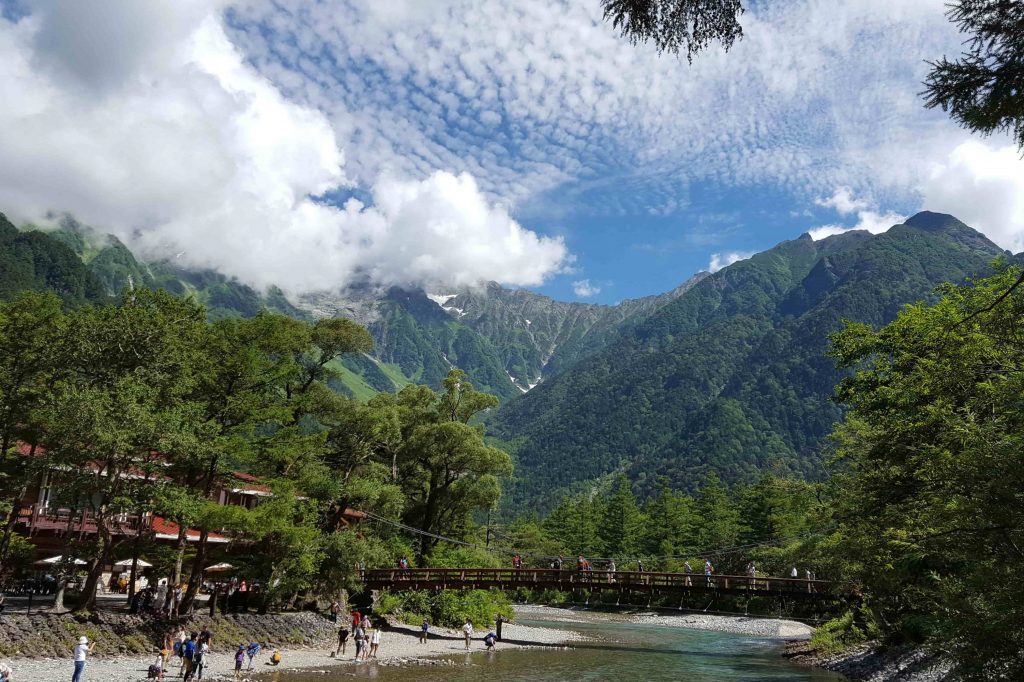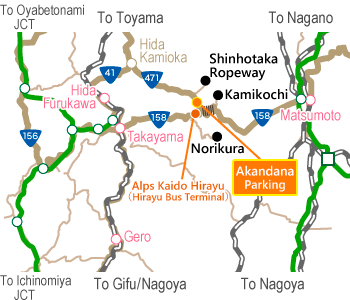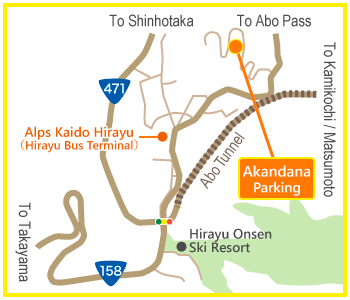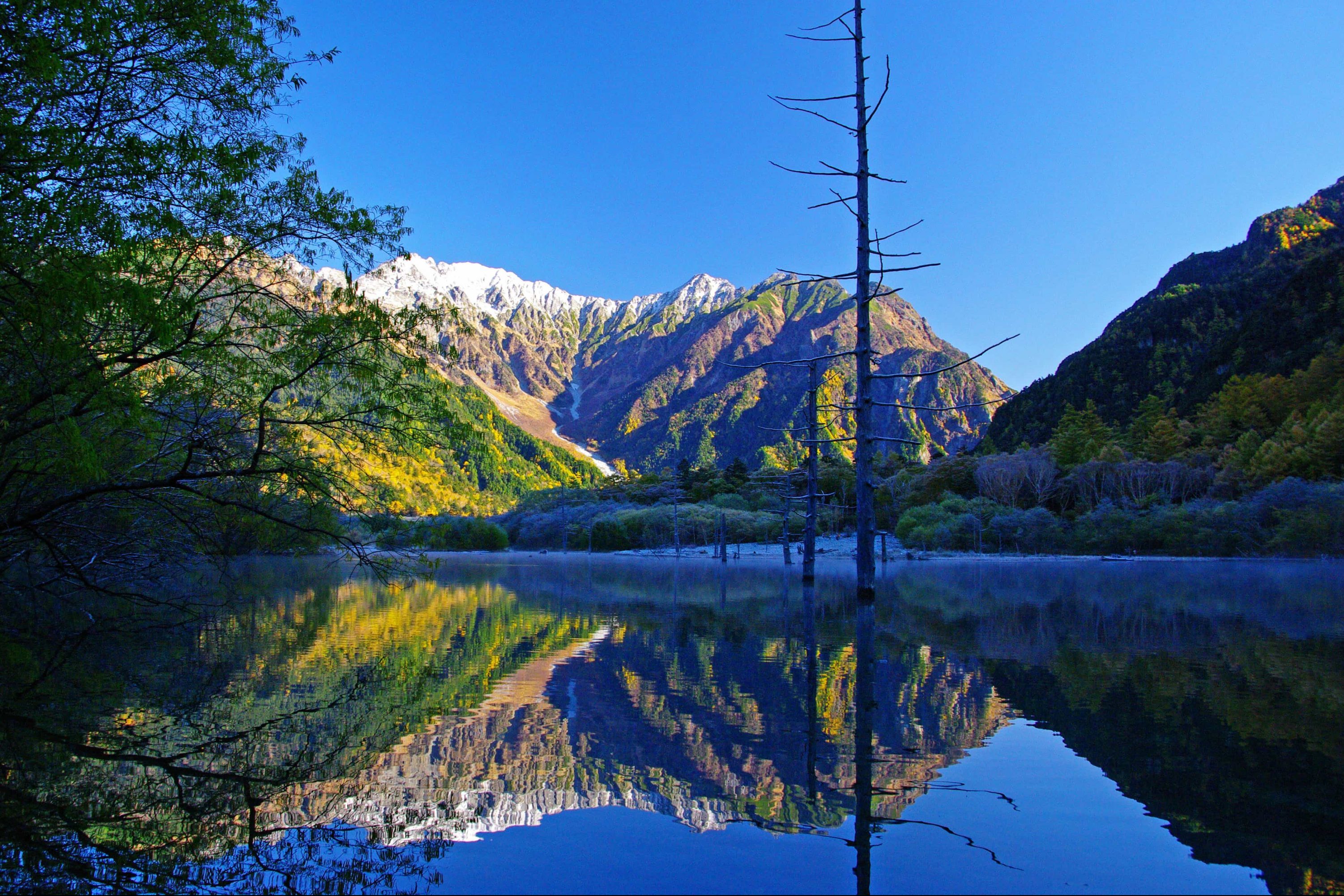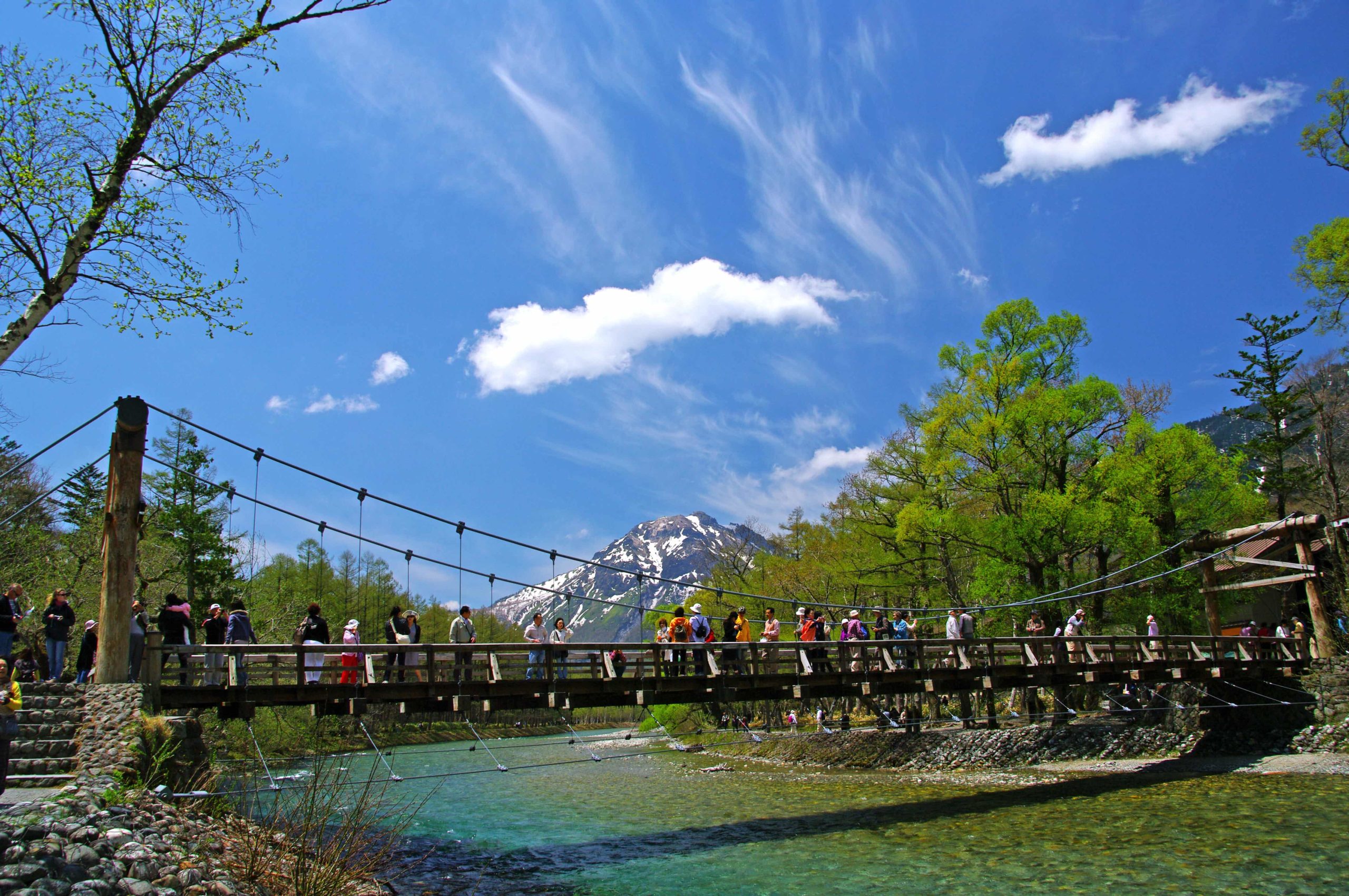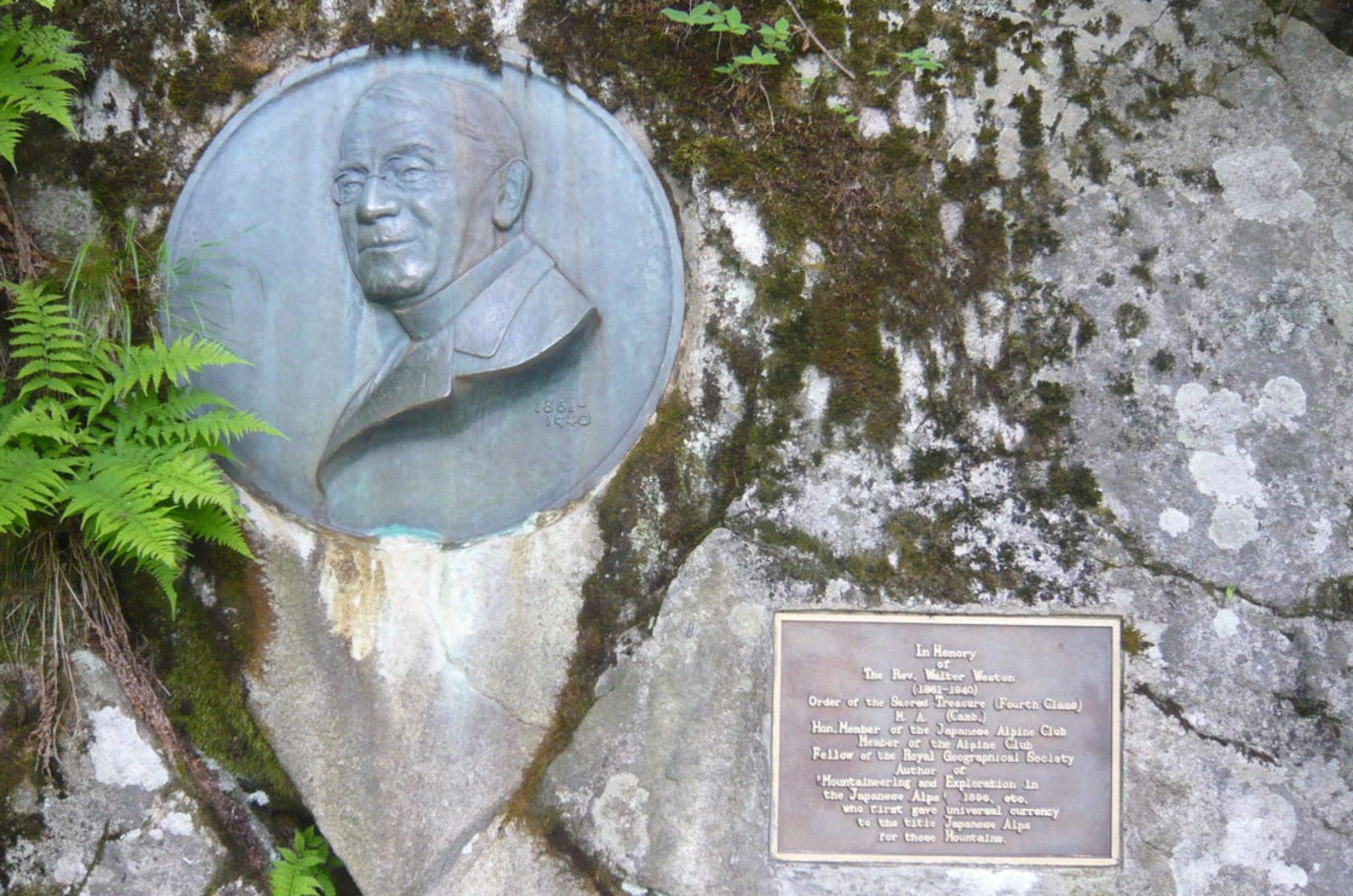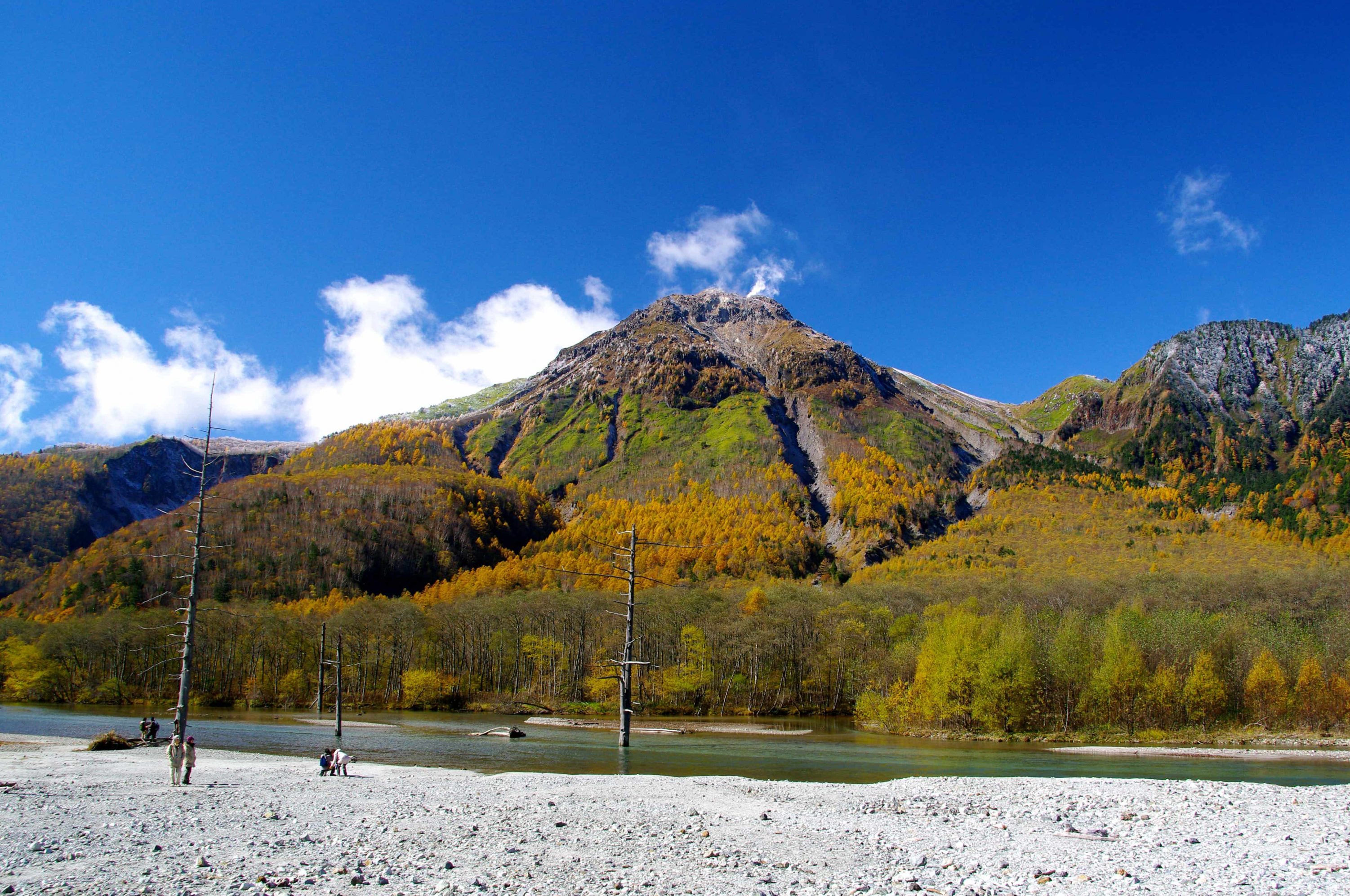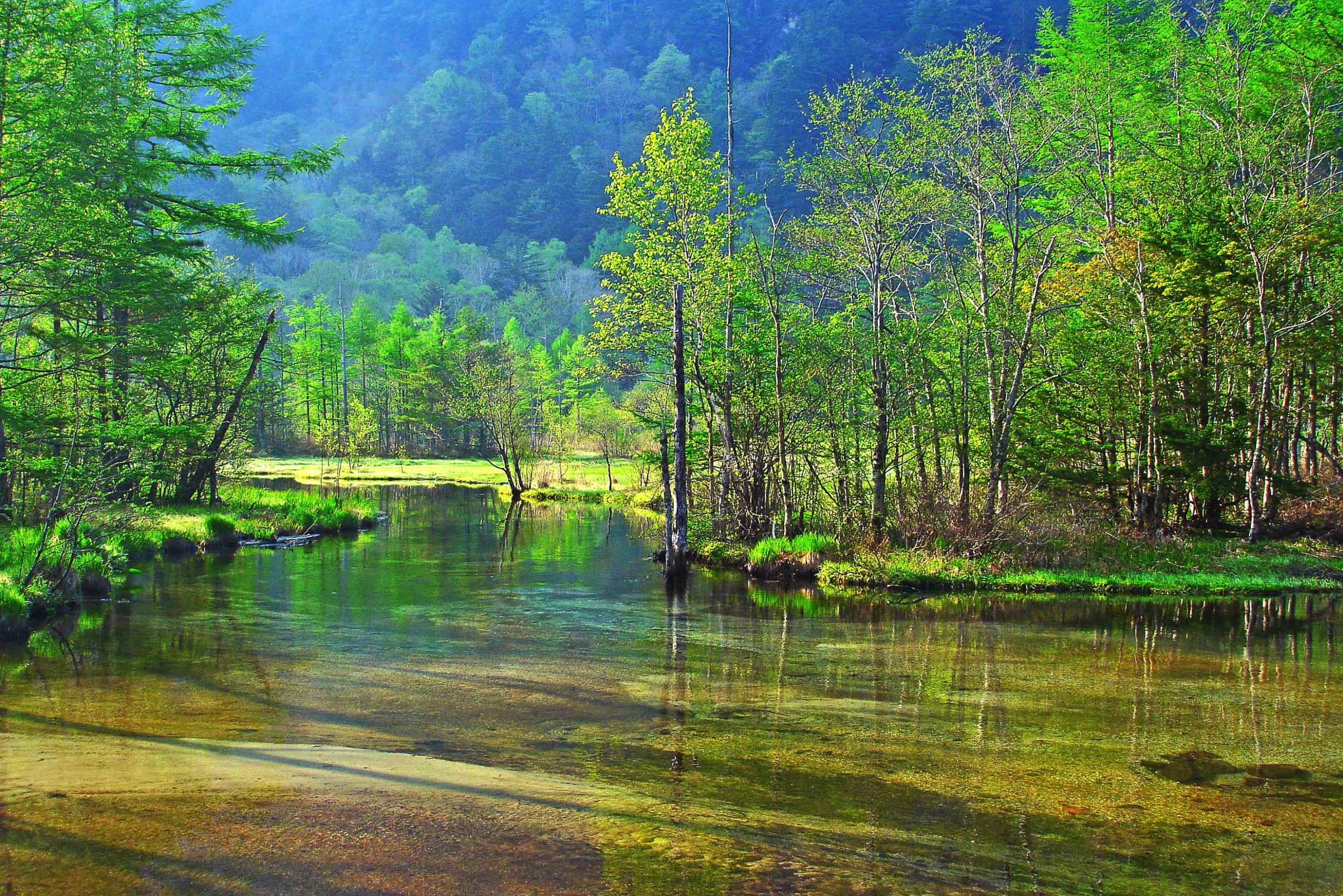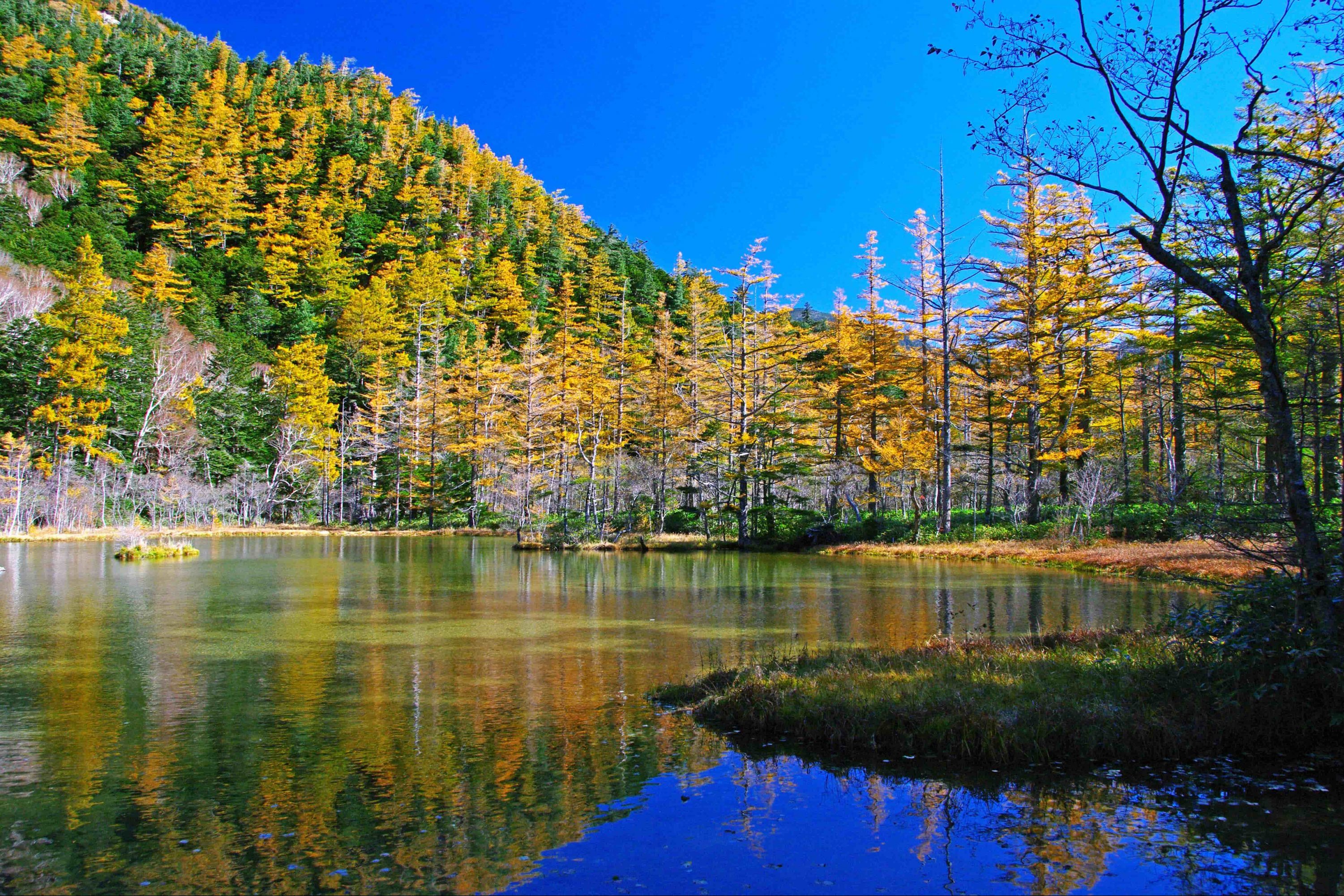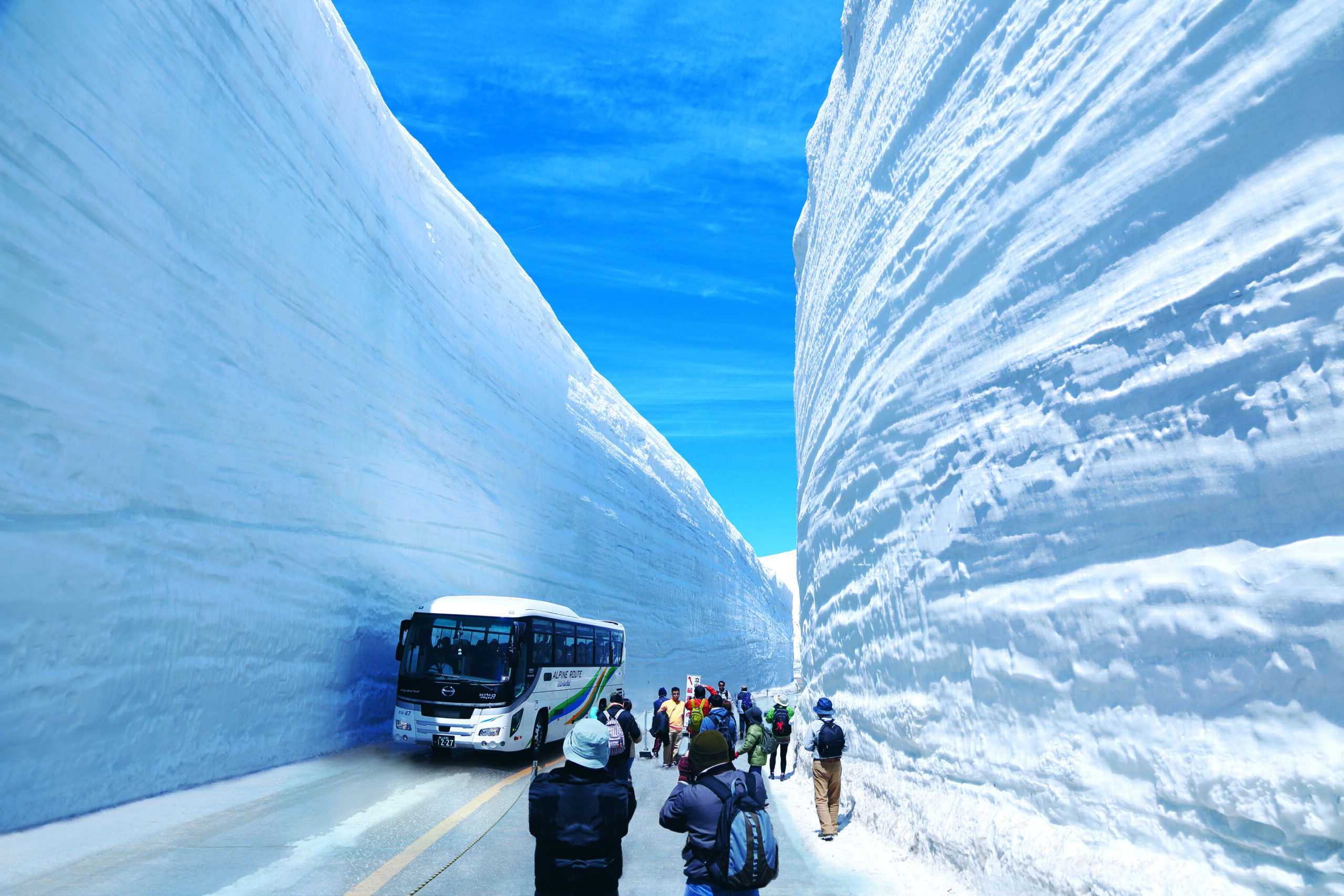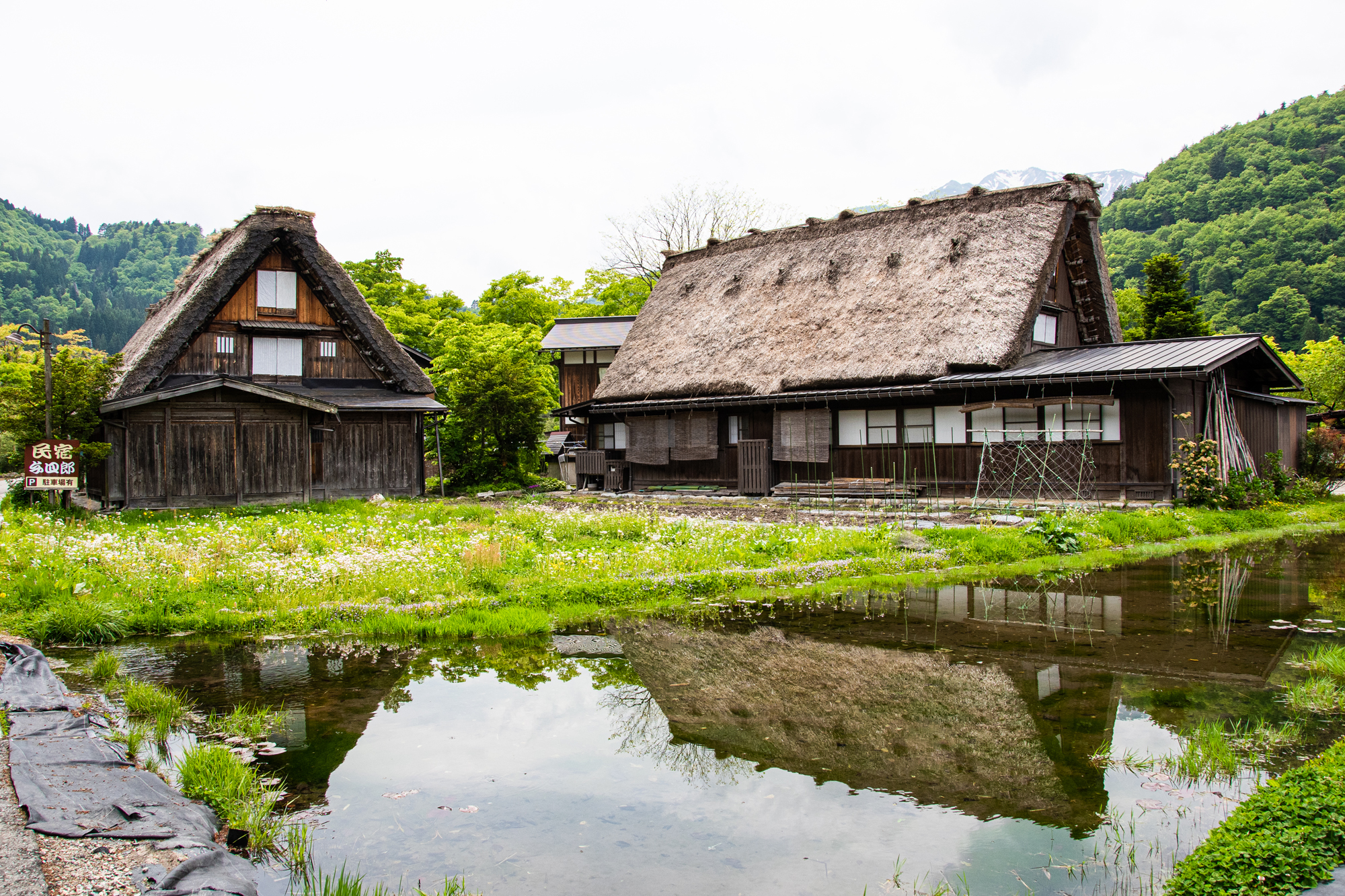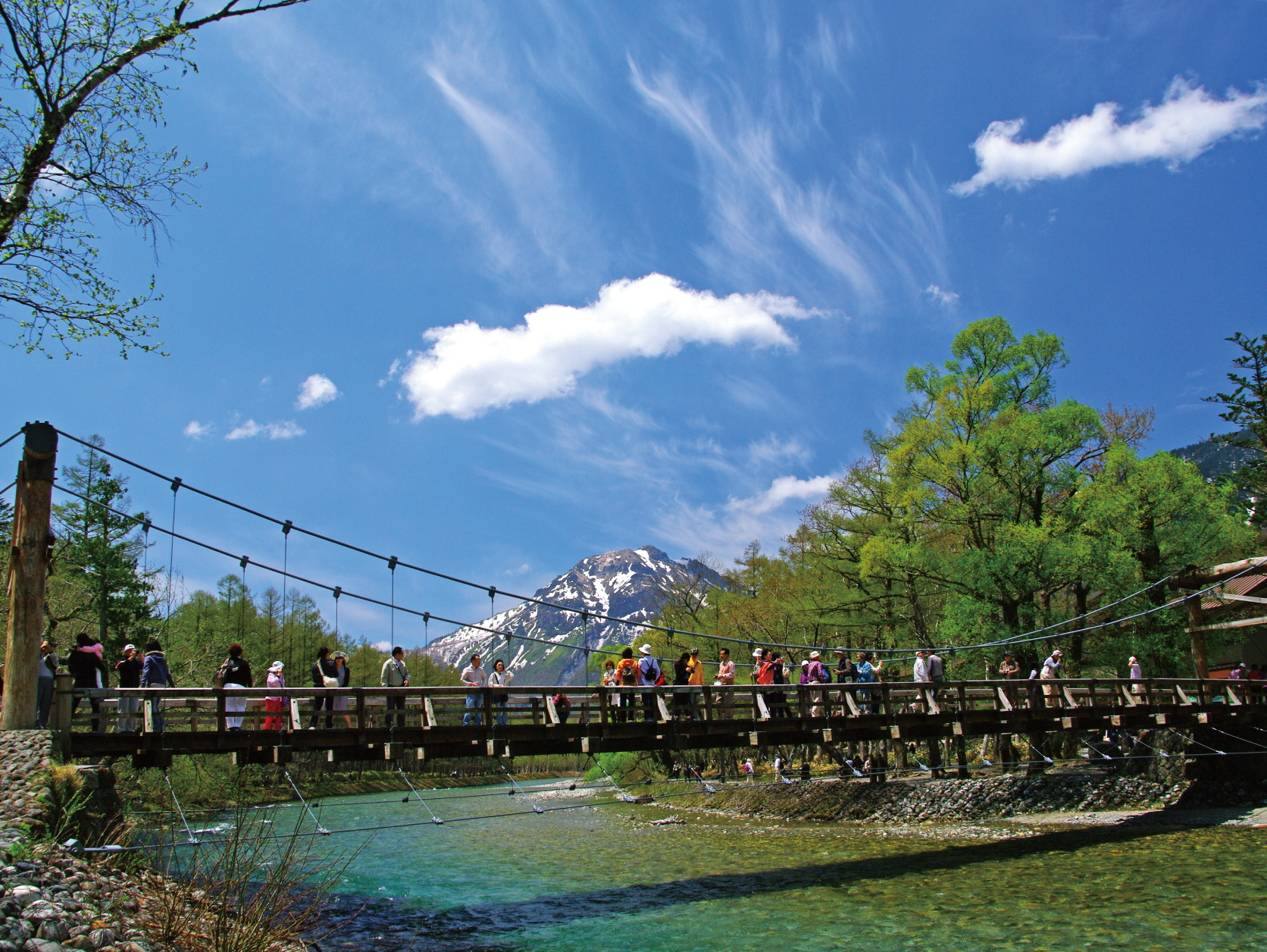Kamikōchi is such an established tourist destination that it is easy to forget the considerable challenges that were overcome to build and maintain a resort in such a remote valley. For decades, anything that could not be found or made on site—from food and daily essentials to construction materials—had to be carried in over high alpine passes, often through deep snow.
The site was remote, but it had distinct advantages: great natural beauty, proximity to the surrounding peaks, and—unusual for a high mountain settlement—a sunny basin location. Building roads through the Oku-Hida mountains was the first challenge, but by 1887 construction began on Kamikōchi’s first inn. The owner rented the nationally owned land for ¥20, a high price at the time. It was a gamble, but one that paid off. After the Kama Tunnel opened in 1926, greatly improving access, Kamikōchi was declared one of the “eight most scenic spots in Japan,” and visitors poured in. By the 1970s, Japan was experiencing a mountaineering boom, and climbing Mt. Yari and the various peaks of Mt. Hotaka was on every alpinist’s dream list. To get there, they came to Kamikōchi—which became known as the “gateway to the Japanese Alps.”
Today, accommodations are available to fit all budgets and objectives—campsites, hotels, traditional inns (ryokan), and mountain lodges. The campsites are inexpensive, with dishwashing facilities and secure food storage (to deter bears). There are sites with pre-erected tents and traditional campsites for visitors who prefer to bring their own. For a step up in comfort, Kamikōchi’s hotels and inns offer well-appointed facilities with numerous amenities, full-course meals made with local ingredients, and in one case, hot-spring baths. Visitors seeking a casual, but comfortable, middle ground may be interested in one of the mountain lodges.
As a side note, the Kamikōchi resort area has survived several natural disasters. During the twentieth century, Mt. Yake (2,456 m) erupted twice: in 1915 and 1962, with the second eruption depositing 5 centimeters of volcanic ash on Kappa Bridge overnight. Luckily, Kamikōchi escaped lasting damage.
![]()
